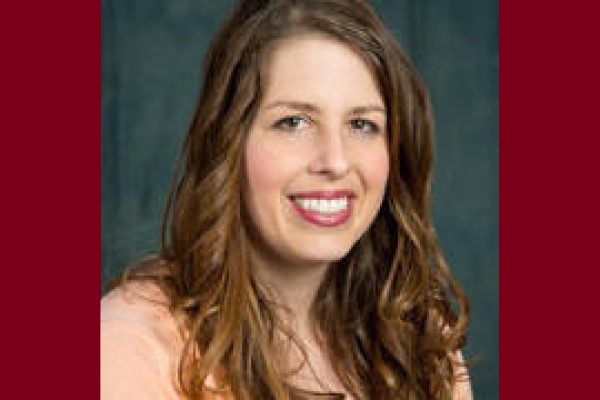The Opioid Epidemic: Complex Problems, Complex Solutions
August 1, 2018

A Q&A with Dr. Laura Palombi
Assistant Professor Laura Palombi was one of eight panelists who participated in the Minnesota Physician Publishing’s 49th Minnesota Health Care Roundtable focused on the opioid epidemic on April 26, 2018. Below are excerpts featuring Palombi's remarks. To read the entire panel discussion, visit https://issuu.com/mppub/docs/_mp_0718_web
Q: To a certain extent, the opioid epidemic was created by the health care delivery system itself. How do we retool our idea of what an epidemic is to address the problems that opioids present?
A: I do a lot of community education, community forums throughout northeastern Minnesota, focus groups, naloxone trainings. We usually try to gather data on what the community believes to be the problem. Stigma is one thing that always comes up, which is not surprising. Only 11 percent of people with substance use disorder ever end up in treatment. Stigma is one of the reasons that happens, especially in our rural areas, where people are afraid to admit that they have a problem. They’re in a community that isn’t very supportive of them. A lot of our communities are convinced that addiction is a moral failure rather than a disease state. If I could work on one thing that would make a huge impact, it would be reducing stigma in our communities.
Q: What role can the pharmacist play to help solve some of these challenges?
A: Community pharmacists have an opportunity to engage with patients who might be at risk of opioid use disorder or of overdose. At both the College of Pharmacy and the School of Medicine, students talk about substance use disorder and opioids. A survey of all pharmacists practicing in Minnesota included questions on their attitudes toward substance use disorder and pharmacist utilization of the tools available to them, such as naloxone protocols, authorized take-back legislation, and syringe access. The vast majority agreed that there is a role for pharmacy in the opioid crisis. We also need to get our providers and our pharmacists used to having conversations about opioid usage in a professional manner. We give them practice while they’re in school, so that we’re not hearing, later on, that it’s an awkward conversation. It shouldn’t be an awkward conversation if the pharmacist calls the provider, or vice versa, to express their concern for the patient.
Q: How can the media become more proactive in supporting efforts to bring the opioid epidemic under control?
A: I don’t believe this is just the media’s responsibility. One thing we can all work on is the language that we use when we talk about substance use disorder, even on the drug court teams that I’m a part of. We’ve been working with folks in recovery for a long time, and we still use words that are stigmatizing and moralizing: clean versus dirty, junky and addict, urine drug screens that come back positive or negative. The words we use are important, and each of us should be aware of how we’re actually talking about the issue and whether we frame it as a medical issue or as a moral failure.
Q: How can issues of social disparities be best addressed when developing solutions to the opioid epidemic?
A: We need to listen to what those populations have to say and understand that different populations have different ways of doing things. For example, in our work in northeastern Minnesota with some of
our tribal nations, we put the power in the hands of the tribal nations. We ask them what they need, what they want to see. We work on the strengths in that community and the strengths of that culture. This has gone a long way in the healing process. We need to take the time to listen and to see why those disparities are occurring, and dig deep into that.
Q: One final question: what are the most important things we need to do to bring the opioid epidemic under control?
A: We must also look at the root causes. We have a lot of people who have suffered a lot of trauma. Opioid use disorder has been called a disease of despair. Just as we’re not going to point fingers and say that this is any one group’s problem, we also need to know that we all need to be a part of the solution. It’s not just health care, it’s not just law enforcement, it’s not just public health, and it’s not just the community. It requires a multimodal and multipronged approach.

